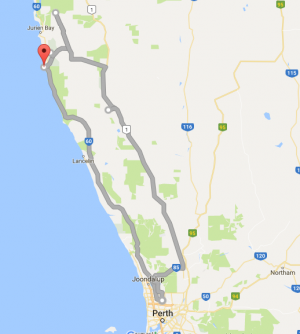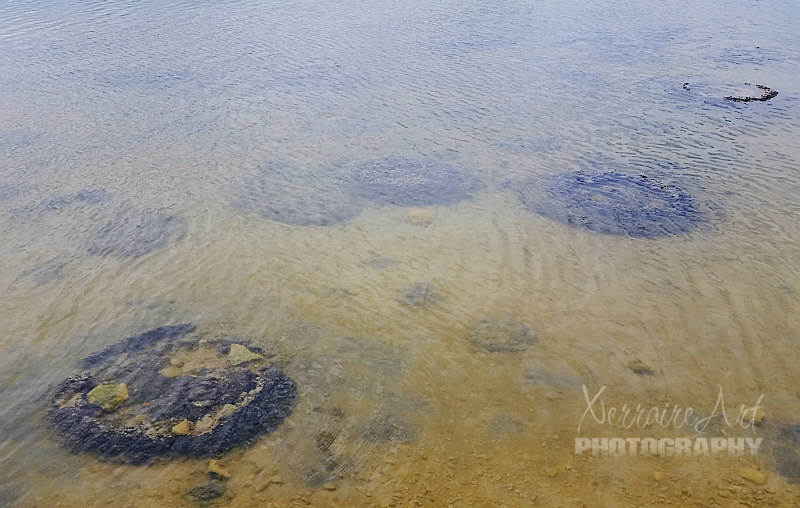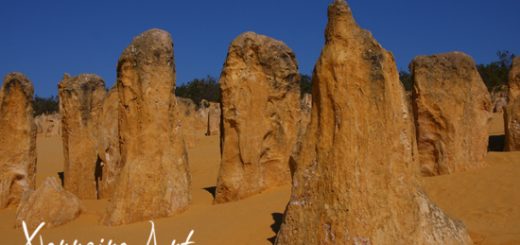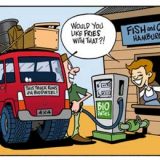To Cervantes and Lake Thetis
 For our next outing, we were going North, to Cervantes and beyond.
For our next outing, we were going North, to Cervantes and beyond.
The year Laura came with me to Australia, we had only driven through Cervantes, and we didn’t see much. I was happy to get another look at it, this town with a very Spanish sounding name.
Our decision to go north was partially based on escaping the rain. Seems every weekend this spring it has rained. We are running out of day trip destinations.
So, we packed up the esky (which is the term Australians give to a cooler), my burlap IGA bag of snacks and orchid books, and we were off.

Nothing major about a road sign, right? Except we don’t have anything like these in America! Represented here is the Kangaroo, the Emu, and the Echidna. And yes, I have seen random instances of each on or from the road.
This sign reminded me of Miranda talking about deer signs in Wisconsin, might be easier to put a sign where they aren’t any deer. The same might apply here.

This drive towards Cervantes in the Lancelin area, is full of big sand dunes. From afar, it almost looks like snow on a hill. When I see vegetation growing from them I tell John we have sand in America, but nothing grows from our sands!

So we ride into Cervantes. Well look at this: Don Quijote and Sancho Panza….and a ship? I might have expected a windmill. I turned to my phone to see what the ship was about.
The town itself was established in 1962 to accommodate workers in the local cray fishing industry and got its name from the American whaling ship ‘Cervantes’ that was wrecked here in 1844.

So I get why the town was named Cervantes now, but imagine my surprise when all the street names had names of Spanish provinces, or there was even this Catalonia Park!

One of the many Spanish names street signs. OK, when I say many, keep in mind at the 2011 census, Cervantes had a population of 467.

As we stopped at the information center, I noticed yet another sign in a small park across the street. I don’t know if it was the name of the park, or a command to be calm. While looking over there, I spotted public bathrooms…because that is how Australia is. Every town, no matter how small or large, has public bathrooms. Clean public bathrooms. I love this country.

As I approach the bathroom, I notice that Cervantes is ahead of their time with this politically correct gender thing, until I notice they are ‘lady friendly.” At this point, I am not sure I want to go in. Just how friendly is it?

We took a brief look around. Some things you look up with google on your phone, and some things like a sign Sausy and a bike stuck in the water, you just leave alone, at least we did.

As we made our way to it, I noticed this odd looking plant. Fireweed. A native plant, but a weed in some areas. Anthocercis ilicifolia.

This tidal lake has salinity levels twice as high as the ocean, creating perfect conditions for the formation of stromatolites, the oldest and largest living fossil known to man.
We were soon off, we had a few more places to travel to. I wouldn’t mind coming back to Cervantes again.





















2 Responses
[…] To Cervantes and Lake Thetis […]
[…] To Cervantes and Lake Thetis […]